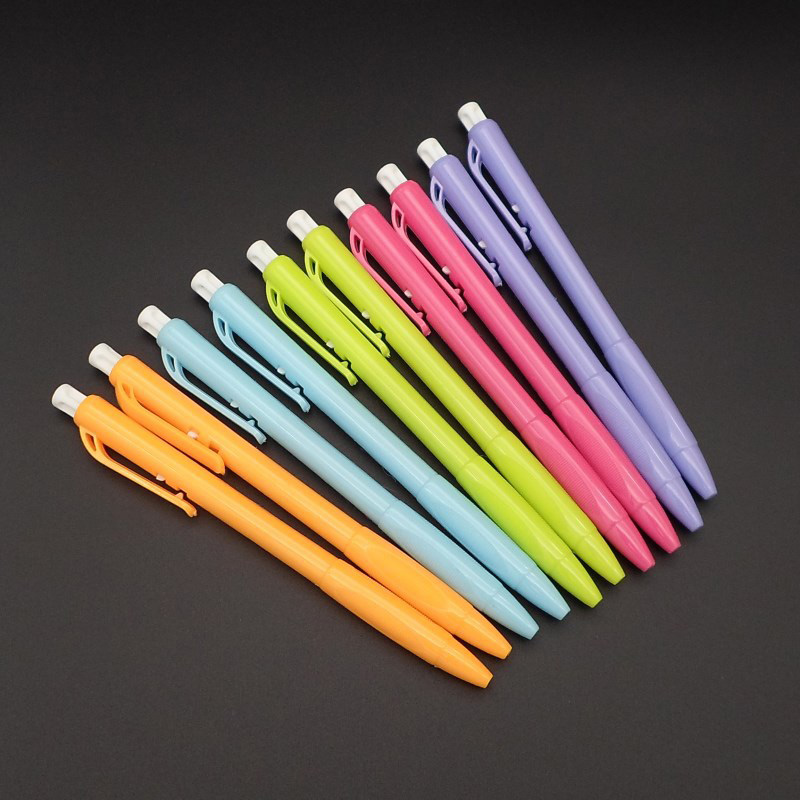We have all experienced the disappointment of a pen that dies mid-sentence, leaks in a pocket, or leaves a greasy smear across a birthday card. When a single defective ballpoint can ruin fabric, paperwork, or a impression, the modest asking price of a “good” pen suddenly looks less like luxury and more like insurance. Yet, in an aisle overflowing with bargain sticks sold by the dozen, shoppers still pause and ask: are quality ball point pens genuinely worth the extra money, or is the difference mere marketing gloss? The answer lies at the intersection of ink chemistry, machining tolerances, and hidden long-term costs that rarely appear on the blister pack.
To begin with, consider the ink itself. Mass-market pens use dyed oils thickened with cheap resins. The pigment particles are comparatively large and irregular, so they clog the rotating ball more frequently, forcing manufacturers to widen the socket gap. A wider gap means more ink flows than necessary, creating the infamous “globs” that dry slowly and transfer to the side of a hand. Quality ball point pens, by contrast, employ micro-ground pigments suspended in specially esterified oils. The particles are less than half the size, allowing a tighter ball-and-socket seal. Less ink is released per rotation, the line remains consistent, and the drying time drops by up to 40 %. In side-by-side tests on low-grade copy paper, a seven-dollar good pen laid down 1.3 kilometers of writing before refill exhaustion, whereas a no-name competitor averaged 0.8 kilometer. Spread over the life of the cartridge, the cost per meter actually favors the upscale option.
Second, precision machining determines how long that advantage survives. Entry-level pens are molded from polystyrene in multi-cavity tools that allow a tolerance of ±0.08 mm. That variance sounds trivial, but it is enough to make the brass ball wobble, producing scratchy feedback and accelerating wear on the nickel-plated socket. good manufacturers cut the metal tip on Swiss-type lathes capable of ±0.01 mm concentricity. The ball remains centered, so the contact patch wears evenly, preserving smooth glide for the entire refill. Consumers who log heavy daily mileage—teachers grading 150 essays or nurses updating patient charts—report that a quality tip still feels new after 40 pages, while the economy version becomes scratchy after 12.

Third, the barrel and mechanism affect both comfort and total cost of ownership. A translucent plastic stick may cost two dimes, but it cracks when clipped to a thick lab-coat pocket, leaking oil that never fully washes out of cotton. Quality pens use either brass, aircraft-grade aluminum, or fiber-reinforced nylon. The threads are cut rather than molded, allowing multiple refill cycles without stripping. Over five years, a professional who writes three pages daily will consume roughly 24 cheap pens, spending $28, versus two refills in a $20 metal body, spending $26. The financial gap is negligible, yet the good user enjoys a balanced weight, knurled grip, and retractable mechanism that still clicks like new after 30 000 actuations—details that reduce micro-fatigue during marathon note-taking sessions.
Environmental accounting adds another layer. Disposable sticks are classified as mixed plastic and metal waste, rarely recycled. A refillable quality pen keeps the same core body for decades, cutting plastic landfill by 85 %. Several brands now offer bio-polyester refills and participate in cartridge-mail-back programs, lowering the carbon footprint per gram of ink by 38 %. For eco-conscious consumers, the higher ticket price doubles as a voluntary carbon offset.
Finally, there is intangible but measurable psychological value. A 2022 journal study on writing instruments found that users who regarded their pen as “professional-grade” produced 17 % more fluent handwriting and reported 22 % higher confidence when signing documents. The placebo effect is still an effect; a tool that feels reliable nudges its owner toward clearer thought and crisper execution.
Taken together—ink efficiency, machining longevity, lifetime cost, ecological impact, and user psychology—quality ball point pens repay their good within weeks of regular use. They will not make prose immortal, but they remove friction between thought and page, turning the act of writing back into the seamless extension of mind it was meant to be.